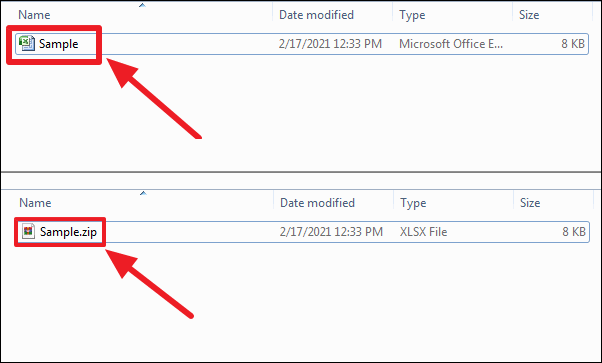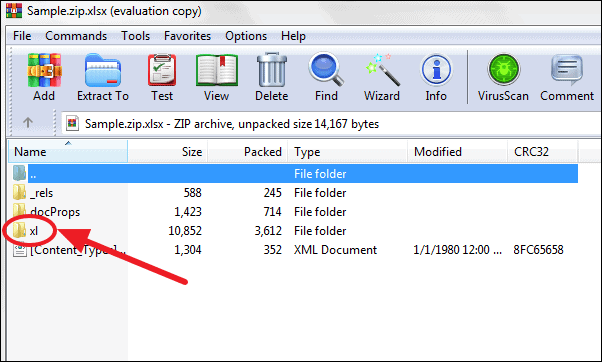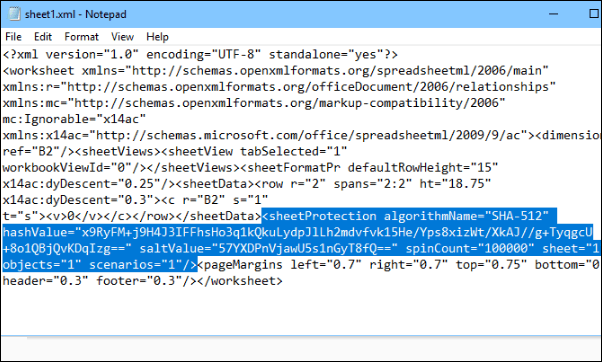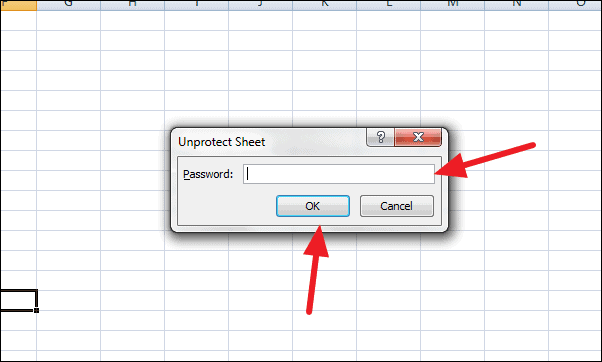Forgetting the password to an Excel spreadsheet can limit access to crucial data. Fortunately, there is a method to bypass password protection even if you don't remember the password. Before proceeding, it's advisable to create a backup of the file to prevent any data loss.
Bypassing password protection in Excel
Step 1: Locate the password-protected Excel file you wish to access. Rename the file by changing its extension from .xlsx to .zip. To do this, right-click on the file, select "Rename," and modify the extension accordingly.

Step 2: Open the renamed .zip file by double-clicking it. This will display the contents of the Excel file in a compressed format.

Step 3: In the opened archive, navigate to the xl folder by double-clicking on it.

Step 4: Inside the xl folder, find and open the worksheets folder. This folder contains XML files corresponding to each worksheet within the Excel file.

Step 5: Select the XML file for the worksheet you need to unprotect. Right-click on the file (e.g., sheet1.xml) and choose "Open with" to open it using Notepad or any text editor.
Step 6: In the text editor, locate the tag that contains the sheet protection settings. It should look similar to the following:
<sheetProtection algorithmName="SHA-512" hashValue="..." saltValue="..." spinCount="100000" sheet="1" objects="1" scenarios="1"/>Step 7: Delete the entire <sheetProtection ... /> line from the XML file. Ensure that you remove only this line to avoid corrupting the file.

Step 8: Save the changes to the XML file and close the text editor. If there are multiple worksheets that are protected, repeat Steps 5 to 8 for each corresponding XML file.
Step 9: After modifying the necessary XML files, rename the .zip file back to .xlsx. Right-click on the file, select "Rename," and change the extension accordingly.

Step 10: Open the renamed Excel file. The worksheet(s) should now be unprotected, allowing you to access and edit the content without a password.
By following these steps, you can bypass the password protection on an Excel spreadsheet and regain access to your data.
If you know the password for the protected Excel sheet, removing the password is straightforward.
Removing password when you know it
Step 1: Open the password-protected Excel spreadsheet in Microsoft Excel.
Step 2: Click on the "Unprotect Sheet" option located in the "Review" tab on the ribbon menu.

Step 3: When prompted, enter the password for the sheet and click "OK."

After these steps, the sheet will be unprotected, and you can access and modify it as needed.










Member discussion